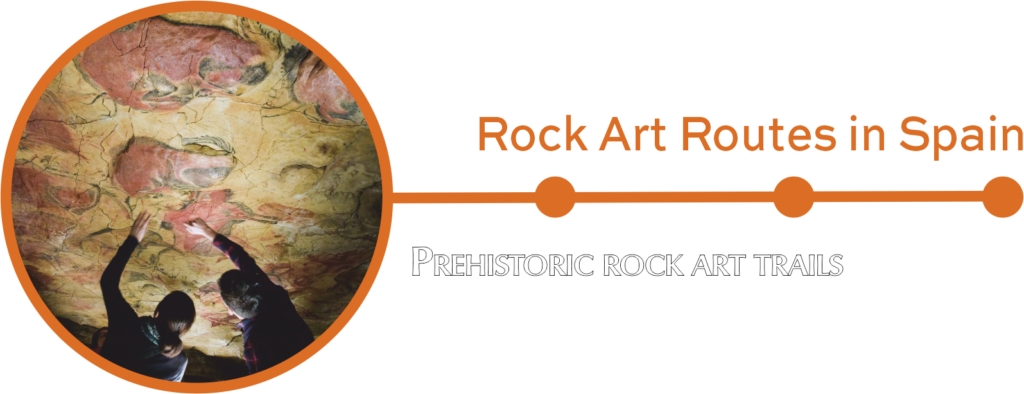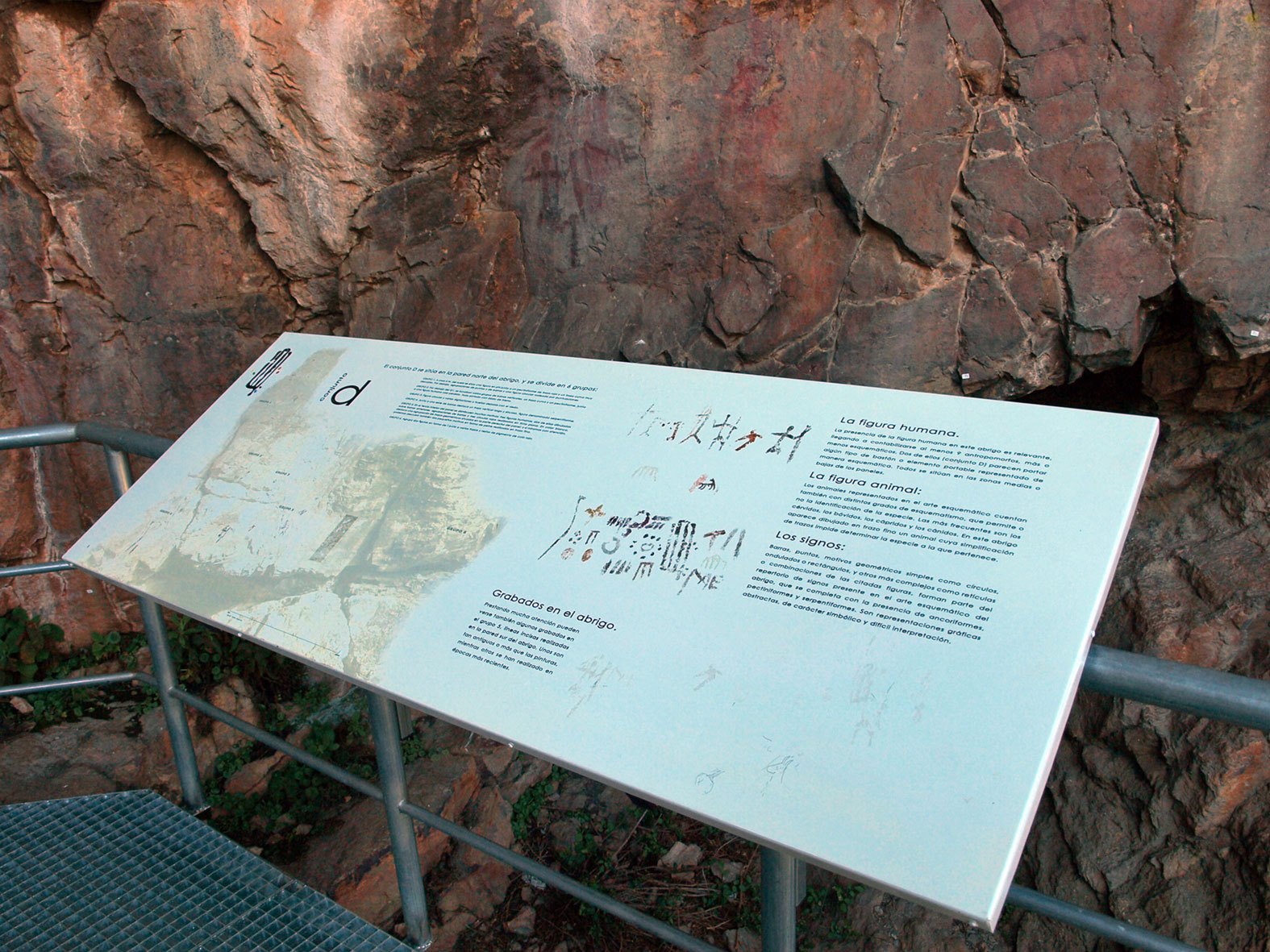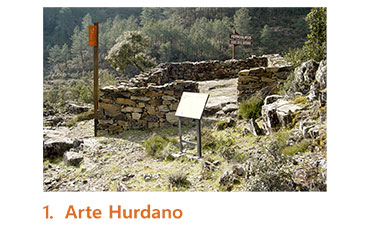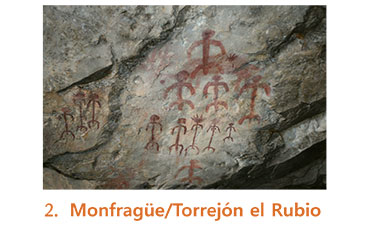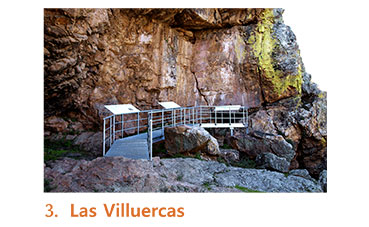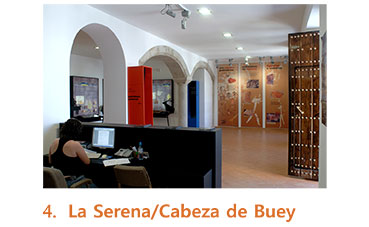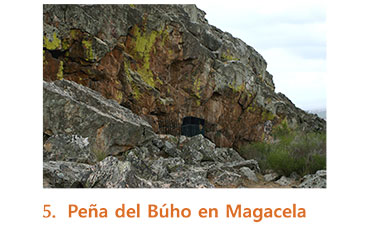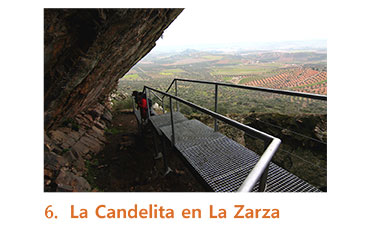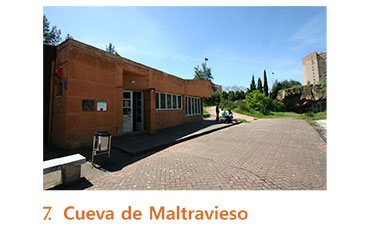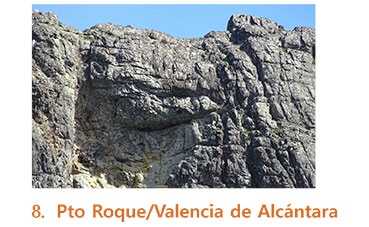Extremadura is possibly home to the highest concentration of stations with Schematic rock art -mainly paintings- in the Iberian Peninsula, with representations executed from the Neolithic to the Bronze Age (even the Iron Age). Most of these are small enclaves (small shelters or rocky outcrops), but there are also large shelters that dominate the surrounding landscape, with numerous figures and even diachronic accumulations.
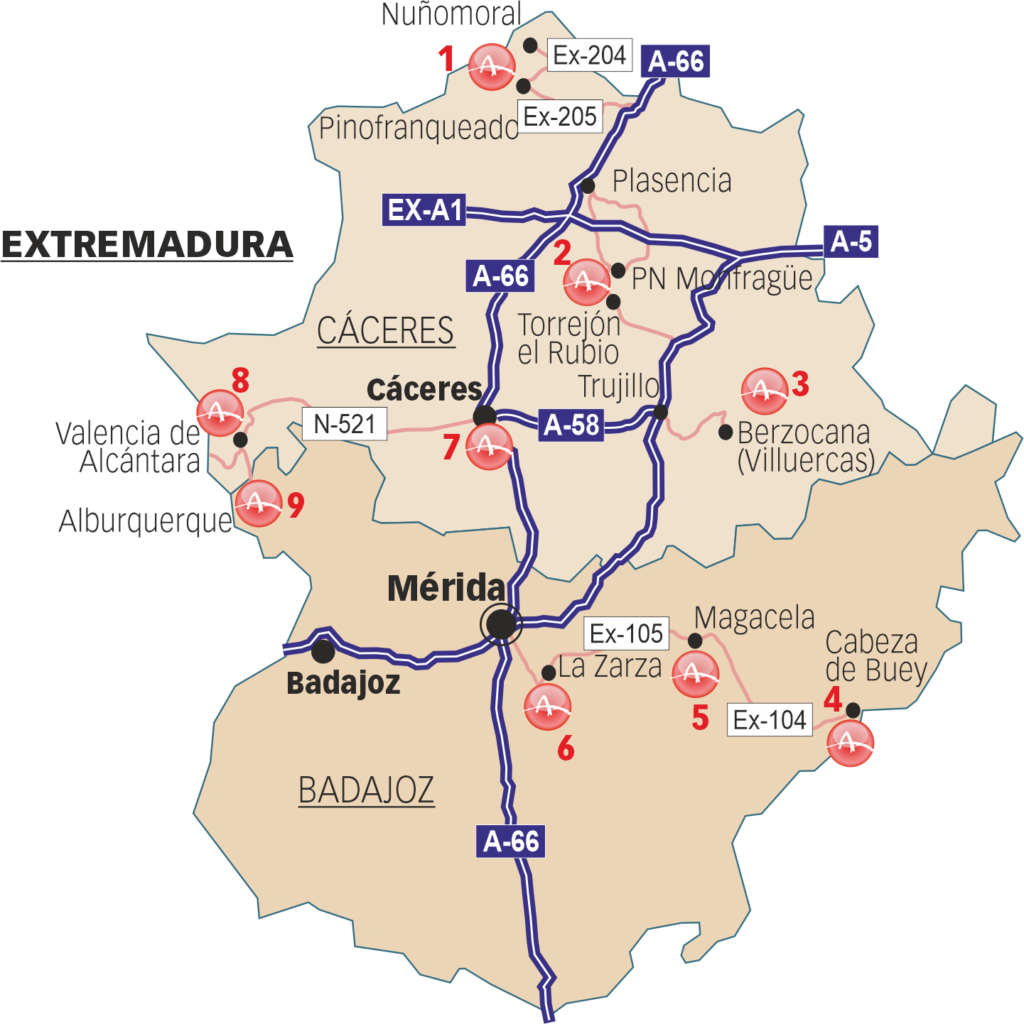
Sites that can visited: CÁCERES: 1. Ruta de los Petroglifos Hurdanos; 2. Abrigo del Castillo en Monfragüe y Centro de Interpretación del arte rupestre de Torrejón el Rubio; 3. Arte Rupestre de Las Villuercas (Berzocana y Cañamero); 4. Centro de Arte Rupestre de Cabeza de Buey y abrigos de La Serena; 5. Abrigo del Búho –Peña del Águila-, en Magacela; 6. Abrigo de La Calderita, en La Zarza, 7. Centro de Interpretación de la Cueva de Maltravieso (Cáceres), 8. Abrigo de Puerto Roque (Valencia de Alcántara). BADAJOZ: 9. Abrigo de San Blas (Alburquerque).
Not to be missed: Two shelters stand out for their biogeographical location and the quality of their paintings, those of El Castillo de Monfragüe and La Calderita in La Zarza, with the Cave of Maltravieso being the most internationally known enclave, both for its Palaeolithic paintings (with dozens of hands) and for the age of the ensemble.
Hot to get there: The 5-day route starts in the region of Las Hurdes (Nuñomoral) and ends in Albuerquerque (Badajoz). It passes through the following localities: Monfragüe N.P., Torrejón el Rubio, Las Villuercas Geopark (Berzocana and Cañamero), Cabeza de Buey, Magacela , La Zarza, Cáceres, Valencia de Alcántara and Alburquerque.

